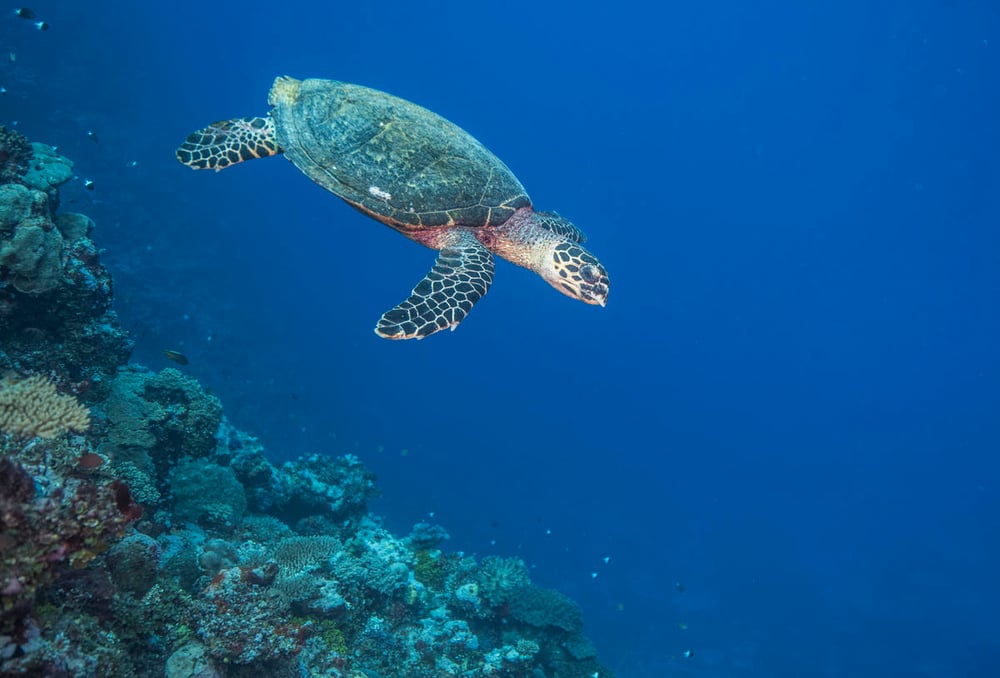On World Turtle Day, we highlight how the power of AI is being unleashed to help people act against the illegal trade in hawksbill turtle shells and bring the species back from the brink of extinction.
The breathtakingly beautiful shells of the hawksbill turtle have long been used to create jewellery and souvenirs, known as ‘tortoiseshell’ or ‘bekko’ – a trade that’s killed millions in the last century and, along with other harmful human activities, driven the species to near extinction.
Despite international laws against the trade of tortoiseshell goods, sadly the market is still active in at least 40 countries. So it’s a no-brainer that we’re supporting a new mobile app, developed by conservation group SEE Turtles, that can identify whether a product is made from the critically endangered hawksbill’s shell or from faux tortoiseshell materials such as resin.
The app, called SEE Shell, is an invaluable tool for consumers, retailers and law enforcement agencies – anyone, in fact, who would much prefer to see a turtle swim freely in its natural environment than drive it towards extinction.
App users simply need to upload a product photo, and the app will compare it with a growing data library of more than 5,000 real and artificial tortoiseshell products. The results are highly accurate and, as new images are added to the app data library by users, we will get a clearer understanding of the size and location of the illegal trade.
WWF is providing financial and technical support for the app, including promoting its use with government agencies and online retailers.
ACTION NEEDED
We believe that stronger regulation and enforcement action on the trade ban on hawksbill turtle products is urgently needed – and, in November, we will be highlighting our concerns at the next meeting of CITES, the international treaty to protect endangered plants and animals.
One way governments can help right now is to use cutting-edge DNA technology, developed by WWF and partners, to help track the marine turtle trade and identify which populations are most at risk. This involves extracting DNA from tortoiseshell products and wild populations, and adding them to a DNA database called ShellBank.
We are also striving to protect all seven species of marine turtle, which are threatened by human impacts ranging from coastal development and pollution to accidental capture in fishing nets.
YOU CAN…
- Find out more about the app
- Learn about the WWF-backed DNA breakthrough that will help to uncover and track turtle trade
- Find out about our work against the illegal wildlife trade globally and to safeguard the world’s oceans and the people who depend on them


